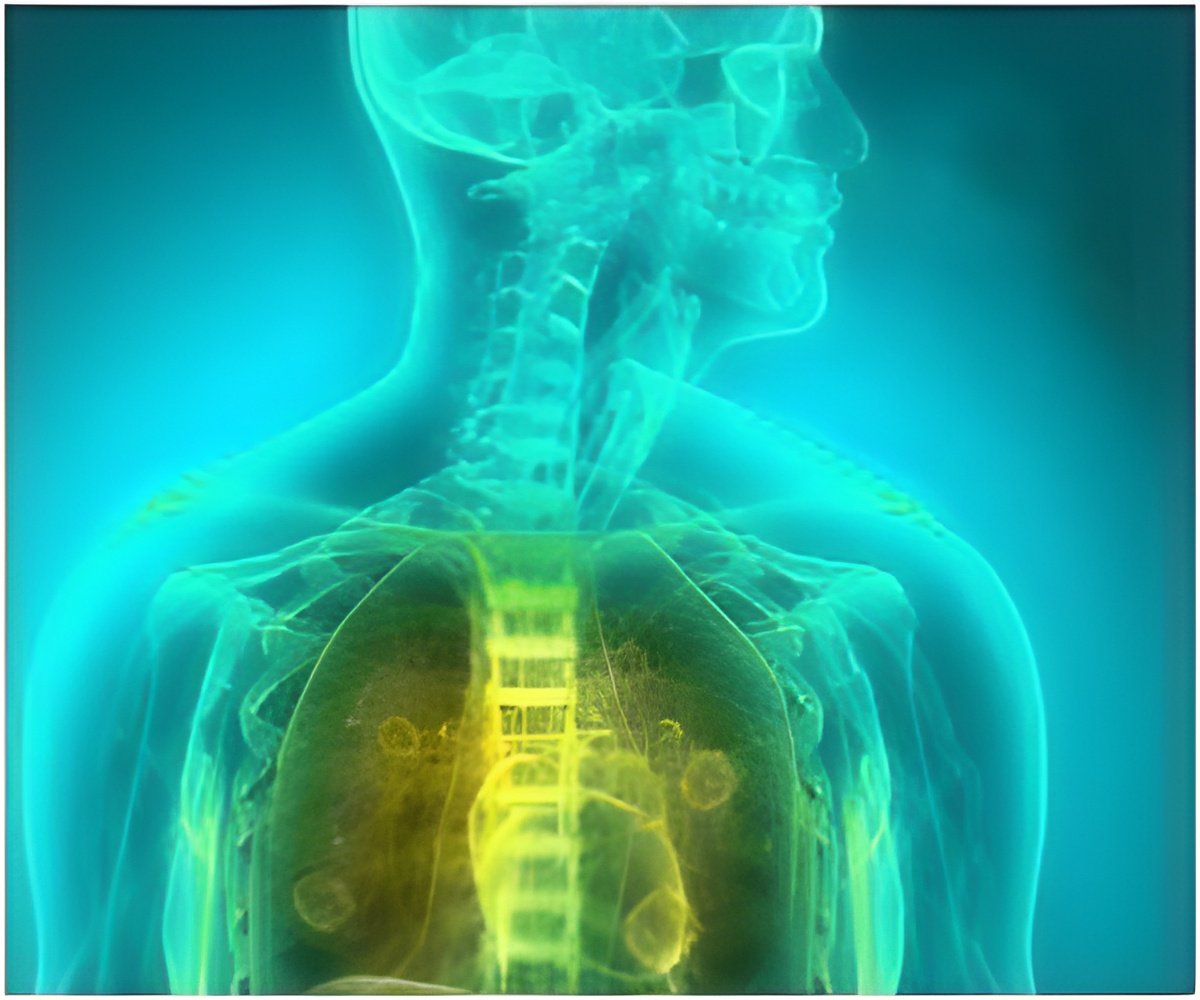
Up until now, these mechanisms were not well understood, leaving clinicians with little guidance on how to prevent or reverse them. Scientists believe the fate of these patients could be improved if treatments were designed to address the abnormal changes in the pulmonary artery structure.
"For the first time, we understand which cells are responsible and the cellular processes underlying their recruitment," said senior author Daniel Greif, M.D., assistant professor of internal medicine (cardiology), who conducted the study with Yale colleagues Abdul Sheikh and Janet Lighthouse. "We looked at the mechanism involved in how these cells migrate along blood vessels."
Excess smooth muscle accumulation is a key component of pulmonary hypertension and other vascular disorders such as atherosclerosis. Vascular structures in the lung have patterns reminiscent of tree branches, and the smallest blood vessels normally lack a muscular coating; however, in pulmonary hypertension they become muscularized.
Greif and colleagues used genetic tools to map the fate of smooth muscle cells in mice with pulmonary hypertension. They focused on specific small vessels and determined that the smooth muscle coating comes from smooth muscle cells of larger vessels. "We also discovered the process by which smooth muscle cells differentiate, migrate to small blood vessels, and then re-differentiate, thereby muscularizing vessels that normally lack a smooth muscle cell coating," said Greif.
"Now that the culprit cell population in pulmonary hypertension is identified, we can turn our attention to tailoring therapies to target these cell," he added.
Advertisement

![Pulmonary Arterial Hypertension [PAH] - Symptoms & Signs - Causes - Diagnosis - Treatment Pulmonary Arterial Hypertension [PAH] - Symptoms & Signs - Causes - Diagnosis - Treatment](https://www.medindia.net/images/common/patientinfo/120_100/pulmonary-arterial-hypertension-pah.jpg)












